- Optimal Soil Conditions
- Importance of Nitrogen
- In conclusion,
- Role of Phosphorus
- Choosing the Right Fertiliser
- Fertilising in Cold Weather
- 1. Importance of Fertilising in Cold Weather
- 2. Slow-release Fertilisers
- 3. Nutrient Composition
- 4. Application Timing
- 5. Avoid Overfeeding
- 6. Protection Against Frost
- Fertilising in Hot Weather
- Timing and Frequency
- Timing
- Frequency
- Monitoring and Adjusting
- 1. Soil Testing
- 2. Nutrient Deficiency Symptoms
- 3. Adjusting Fertiliser Application
- 4. Balanced Nutrient Ratio
- 5. Environmental Factors
- “Question-Answer”
- What is the best time of year to fertilize plants?
- Can you fertilize plants in the winter?
- What nutrients do plants need during the cold season?
- How can I fertilize my plants during a heatwave?
- What are the signs that my plants need fertilizing?
- “Video” Your Plants NEED This Calcium – How To Make Water Soluble Calcium Supplement – KNF – WCA
Fertilising is an essential part of plant care, providing plants with the nutrients they need for healthy growth and development. However, the process of fertilising can be more challenging in extreme climates, such as in cold or hot weather. In these conditions, plants have different nutritional needs and may require special care and attention to ensure optimal growth.
In cold weather, plants often have reduced growth rates and limited access to nutrients. The cold temperatures can slow down the biological processes within plants, making it more difficult for them to absorb and use fertilisers. Additionally, cold weather can lead to frozen soil, which further limits nutrient uptake. To overcome these challenges, it is important to choose fertilisers that are specifically formulated for cold weather conditions. These fertilisers are designed to be more readily available to plants and provide them with the essential nutrients they need to stay healthy and strong.
On the other hand, hot weather can pose its own set of challenges for fertilising. In high temperatures, plants tend to have higher water requirements and may experience increased nutrient leaching due to excessive watering. This means that fertilisers may be washed away before plants can fully benefit from them. To address this, it is crucial to choose fertilisers that are slow-release or water-insoluble, allowing for a more gradual nutrient release and reducing the risk of leaching. It is also important to water plants adequately to prevent water stress and ensure that they can absorb the nutrient-rich fertilisers effectively.
In summary, fertilising in cold and hot weather requires careful consideration of the specific nutritional needs and challenges that plants face in these conditions. By selecting the right fertilisers and adjusting watering practices, we can provide plants with the essential ingredients they need for optimal nutrition and growth, even in extreme climates.
Optimal Soil Conditions

Optimal soil conditions are essential for ensuring that plants receive the necessary nutrients for healthy growth. Below are a few key factors to consider when assessing soil conditions:
- pH Level: The pH level of soil refers to its acidity or alkalinity. Most plants prefer a slightly acidic to neutral pH range of 6 to 7. However, different plants have different preferences, so it is important to research the specific pH requirements of the plants you are cultivating.
- Texture: Soil texture refers to the relative proportions of sand, silt, and clay particles within the soil. Sandy soils drain quickly and do not retain moisture or nutrients well. Clay soils, on the other hand, retain water and nutrients but can become compacted and poorly drained. Ideally, a loamy soil with a balanced mixture of sand, silt, and clay particles is best for most plants.
- Organic Matter: Soil rich in organic matter provides a steady supply of nutrients to plants. Organic matter improves soil structure, increases water retention, and promotes beneficial soil microorganisms. Adding organic matter such as compost or well-rotted manure can improve soil fertility and overall plant health.
- Drainage: Proper soil drainage is crucial for plant growth as excessive water can lead to root rot and other fungal diseases. A well-drained soil allows excess water to percolate through, while retaining sufficient moisture for plant uptake.
- Nutrient Content: The nutrient content of the soil is crucial for plant nutrition. Essential macronutrients such as nitrogen, phosphorus, and potassium, as well as micronutrients such as iron, manganese, and zinc, need to be present in adequate amounts. Conducting a soil test can help determine the nutrient deficiencies and guide appropriate fertilization practices.
It is important to regularly monitor and manage soil conditions to ensure optimal growing conditions for plants. By providing the right pH, texture, organic matter, drainage, and nutrient content, you can support healthy plant growth and maximize yields.
Importance of Nitrogen
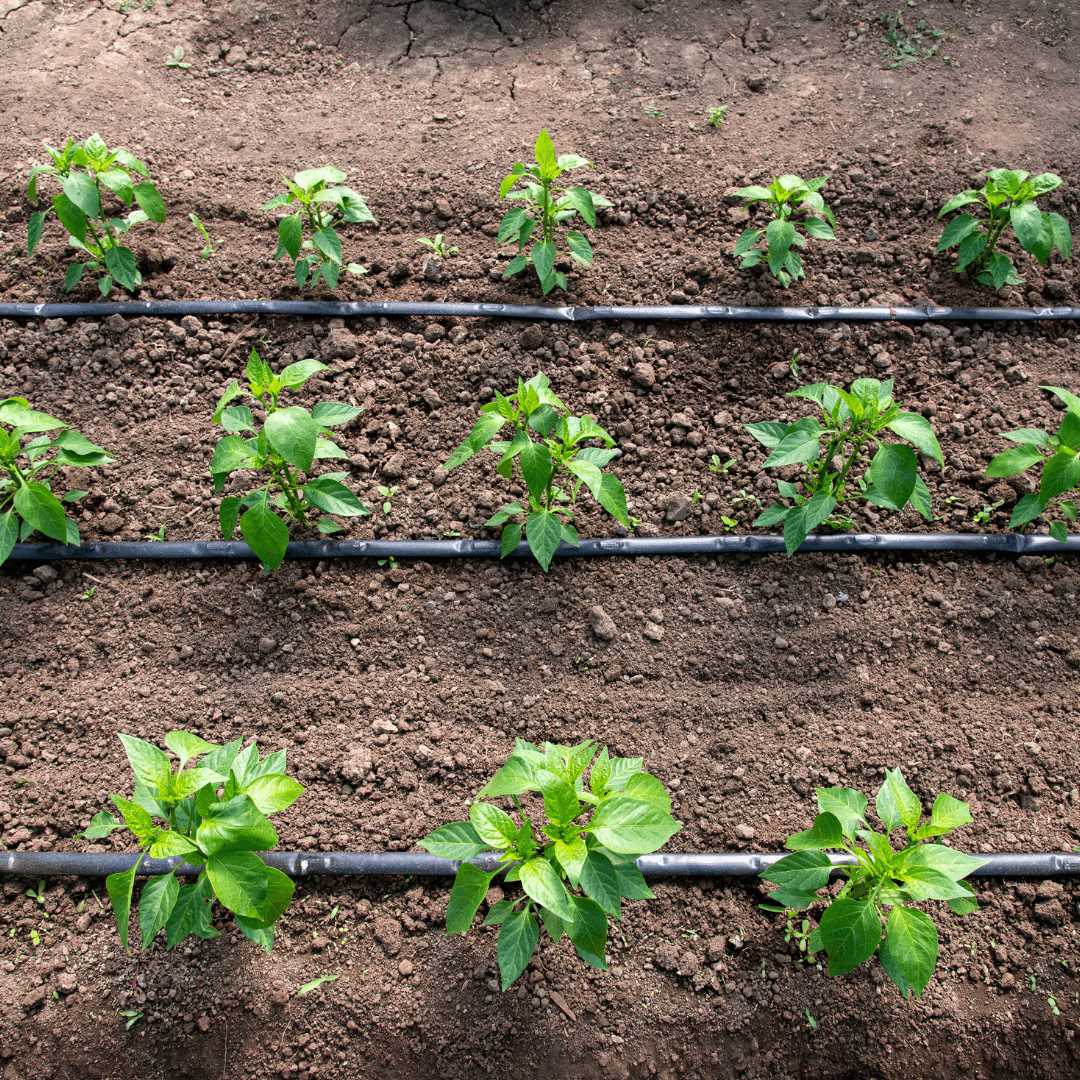
Nitrogen is one of the essential nutrients needed for plant growth and development. It plays a crucial role in various biological processes and is necessary for the synthesis of important molecules like proteins, nucleic acids, and chlorophyll.
Nitrogen fixation: Nitrogen gas makes up about 78% of the atmosphere, but most plants cannot directly utilize this form of nitrogen. Nitrogen fixation is the process by which certain bacteria convert atmospheric nitrogen into a form that plants can use, such as ammonium or nitrate. This process is essential for replenishing the soil with nitrogen and making it available for plant uptake.
Plant growth and development: Nitrogen is a critical component of amino acids, the building blocks of proteins. Proteins are essential for the growth and development of plant tissues, including leaves, stems, and roots. Without an adequate supply of nitrogen, plants may exhibit stunted growth, yellowing of leaves, and overall poor health.
Chlorophyll production: Chlorophyll is the pigment responsible for the green color of plants and is essential for photosynthesis. Nitrogen is a key component of chlorophyll molecules, and a deficiency in nitrogen can lead to a decrease in chlorophyll production. This can result in reduced photosynthesis rates, affecting overall plant productivity.
Nutrient balance: Nitrogen is one of the primary nutrients required by plants, along with phosphorus and potassium. These nutrients, often referred to as NPK, need to be present in the right balance for optimal plant growth. Adequate nitrogen supply helps ensure proper nutrient balance and overall plant health.
Environmental impact: Excessive use of nitrogen fertilizers can have negative environmental impacts. Nitrogen runoff from agricultural fields can contaminate water bodies, leading to eutrophication and harmful algal blooms. It is important to use nitrogen fertilizers judiciously and adopt sustainable farming practices to minimize environmental damage.
In conclusion,
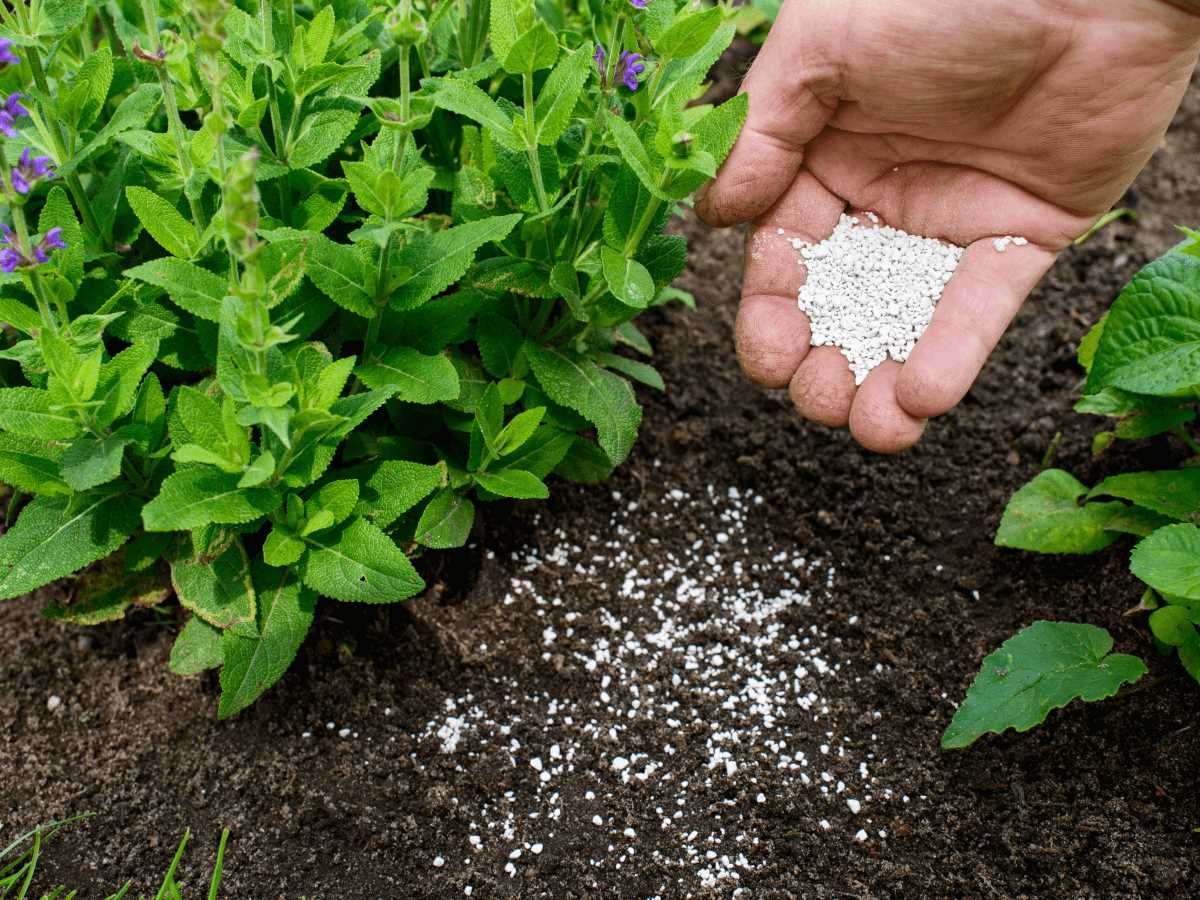
Nitrogen is a vital nutrient for plant growth and development. It is involved in essential biological processes, such as protein synthesis and chlorophyll production. Maintaining an adequate supply of nitrogen is crucial for promoting healthy plant growth, optimizing photosynthesis rates, and ensuring nutrient balance. However, it is important to use nitrogen fertilizers responsibly to minimize environmental impacts.
Role of Phosphorus
Phosphorus is an essential nutrient for plants and plays a crucial role in their growth and development. It is one of the three primary macronutrients, along with nitrogen and potassium, that plants require in large amounts.
1. Energy transfer and storage: Phosphorus is involved in the transfer and storage of energy in plants. It is a key component of adenosine triphosphate (ATP), which is the energy currency of cells. ATP provides the energy needed for various biochemical processes in plants, including photosynthesis, respiration, and the synthesis of important molecules like DNA and proteins.
2. Cell division and growth: Phosphorus is necessary for cell division and growth in plants. It plays a critical role in the development of root systems, which are responsible for nutrient uptake. Phosphorus also promotes the formation of new shoots and leaves, contributing to overall plant growth and productivity.
3. DNA and RNA synthesis: Phosphorus is a component of DNA and RNA, the genetic materials of plants. It is required for the synthesis of nucleic acids, which are essential for the transmission and expression of genetic information. Phosphorus also plays a role in the production of enzymes and other proteins involved in various cellular processes.
4. Nutrient uptake and utilization: Phosphorus helps in the uptake and utilization of other essential nutrients by plants. It enhances the ability of roots to absorb and transport nutrients such as nitrogen and potassium. Phosphorus also regulates various enzymatic reactions that convert nutrients into forms that can be readily taken up by plants.
5. Disease resistance and stress tolerance: Phosphorus contributes to the overall health and resilience of plants. It helps plants establish strong root systems, making them more resistant to diseases and environmental stresses. Phosphorus is also involved in the synthesis of compounds that protect plants from pests, diseases, and adverse weather conditions.
6. Reproductive development and seed formation: Phosphorus plays a vital role in the reproductive development of plants. It is required for the formation of flowers, fruits, and seeds. Phosphorus influences pollination, fertilization, and the development of seeds, ensuring successful reproduction and propagation of plant species.
In summary, phosphorus is essential for plants as it is involved in energy transfer and storage, cell division and growth, DNA and RNA synthesis, nutrient uptake and utilization, disease resistance and stress tolerance, and reproductive development and seed formation. Adequate supply of phosphorus is crucial for ensuring healthy plant growth and maximizing crop yield.
Choosing the Right Fertiliser
Choosing the right fertiliser for your plants is essential to provide them with the nutrients they need to thrive. There are several factors to consider when selecting a fertiliser:
1. Nutrient Composition:
The nutrient composition of the fertiliser is one of the most important factors to consider. Different plants have different nutrient requirements, so it’s crucial to choose a fertiliser that provides the right balance of nutrients. The three main nutrients required by plants are nitrogen (N), phosphorus (P), and potassium (K). These nutrients are commonly referred to as NPK and can be found in varying ratios on fertiliser packaging. For example, a ratio of 10-10-10 means the fertiliser contains equal parts of each nutrient.
2. Slow-Release vs. Quick-Release:
Fertilisers can be classified as either slow-release or quick-release. Slow-release fertilisers release nutrients gradually over an extended period, ensuring a steady supply of nutrients to plants. Quick-release fertilisers, on the other hand, provide a rapid boost of nutrients but may not last as long. The choice between the two types depends on the specific needs of your plants and the desired results.
3. Organic vs. Synthetic:
Another consideration is whether to use organic or synthetic fertilisers. Organic fertilisers are derived from natural sources, such as compost or animal manure. They release nutrients slowly and improve soil health over time. Synthetic fertilisers, on the other hand, are chemically formulated and provide a quick nutrient boost. The choice between organic and synthetic fertilisers depends on personal preference, environmental considerations, and the specific needs of your plants.
4. Soil pH:
The pH level of your soil plays a crucial role in nutrient availability to plants. Some fertilisers are formulated for specific soil pH levels. It’s essential to determine the pH level of your soil and select a fertiliser that is compatible with it. If your soil is acidic, you may need a fertiliser with added lime to raise the pH, while alkaline soil may require a fertiliser that lowers the pH.
5. Application Method:
The method of fertiliser application should also be considered. Some fertilisers are designed for broadcast application, while others are intended for spot application. Consider the size of your garden or the area you wish to fertilise and choose a fertiliser that is compatible with the application method you prefer.
6. Nutrient Content:
The nutrient content of the fertiliser is important to ensure accurate and efficient application. Check the packaging for the guaranteed analysis, which indicates the percentage of each nutrient in the fertiliser. This information will help you determine how much and how often to apply the fertiliser to achieve optimal results.
By taking these factors into consideration and selecting the right fertiliser, you can provide your plants with the essential nutrients they need for healthy growth and development.
Fertilising in Cold Weather
1. Importance of Fertilising in Cold Weather
Fertilising during the cold weather is essential for maintaining the proper nutrition of plants. Despite the challenges posed by low temperatures, plants still require a steady supply of nutrients to survive and grow.
2. Slow-release Fertilisers
In cold weather, it is recommended to use slow-release fertilisers that provide a steady and controlled release of nutrients over a longer period of time. This helps to prevent nutrient leaching and ensures that plants receive a continuous supply of essential elements.
3. Nutrient Composition
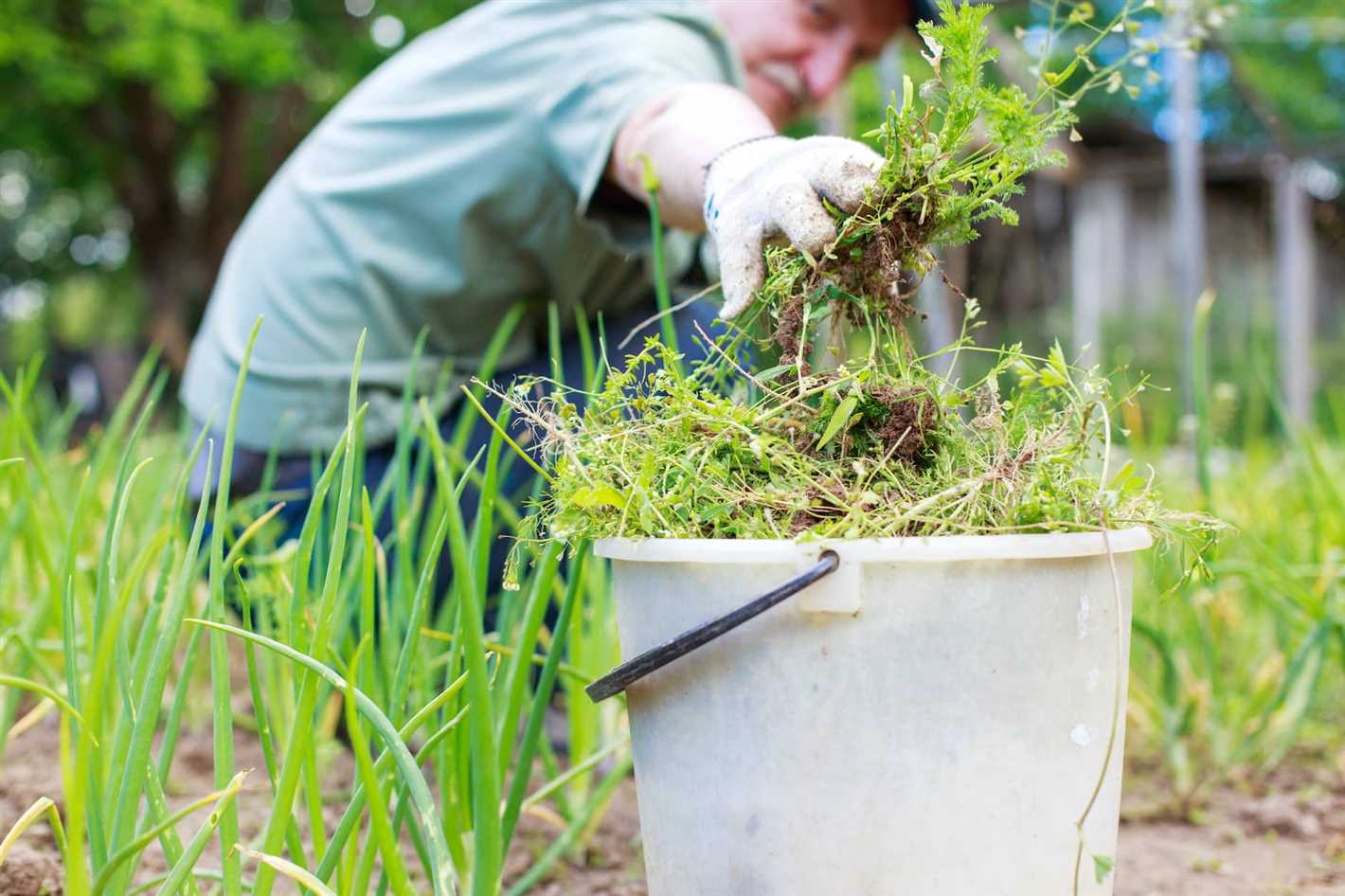
When fertilising in cold weather, it is important to consider the specific nutrient needs of plants during this time. Plants may require more nitrogen and potassium, which help to promote root development and enhance resistance to cold temperatures.
4. Application Timing
It is important to apply fertilisers before the ground freezes in order to allow the nutrients to penetrate the soil and reach the plant roots. This can be done in late fall before the onset of winter or early spring when the ground thaws.
5. Avoid Overfeeding
Overfeeding plants in cold weather can be harmful as they may not be able to absorb and utilize the excess nutrients efficiently. It is important to follow the recommended dosage guidelines and avoid excessive fertiliser application.
6. Protection Against Frost
Fertilising in cold weather also involves protecting plants from frost damage. Frost can cause plants to lose moisture and become more susceptible to nutrient deficiencies. Using frost covers or mulch can help to insulate plants and protect them from extreme temperature changes.
Fertilising in Hot Weather
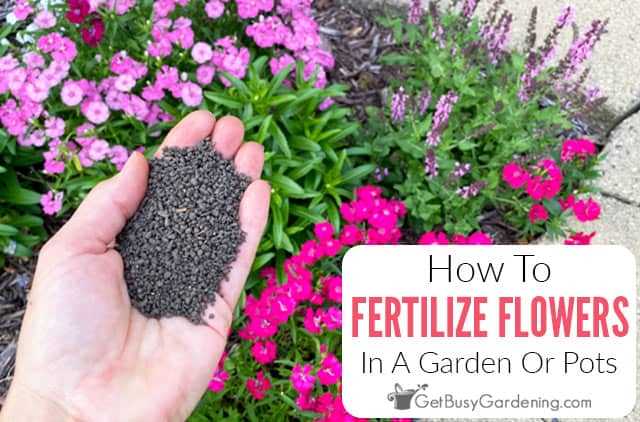
Hot weather can present unique challenges when it comes to fertilising your plants. Higher temperatures can affect the availability and absorption of nutrients, making it crucial to adjust your fertilising practices accordingly. Here are some essential tips for fertilising in hot weather:
- Use a slow-release fertilizer: Slow-release fertilizers are designed to gradually release nutrients over time, providing a steady supply of essential elements to your plants. This can be especially beneficial in hot weather when nutrients can be easily leached away by frequent watering.
- Water your plants before fertilising: Prior to applying fertiliser, make sure to thoroughly water your plants. This will prevent the fertiliser from burning the roots and ensure proper absorption of nutrients.
- Avoid fertilising during heatwaves: During extreme heatwaves, it is best to refrain from fertilising altogether. High soil temperatures can lead to nutrient imbalances and stress on the plants. Wait until temperatures cool down before resuming fertiliser application.
- Consider using organic fertilisers: Organic fertilisers, such as compost or manure, can help improve soil structure and moisture retention, both of which are vital in hot weather. These organic amendments also provide a slow-release source of nutrients.
- Be mindful of plant nutrient requirements: Hot weather can affect a plant’s nutrient requirements. Pay attention to the specific needs of your plants during this time, as some may require more or less of certain nutrients. Consulting a gardening expert or conducting a soil test can help determine the right fertiliser formulation.
- Mulch your plants: Applying a layer of mulch around your plants can help regulate soil temperature, retain moisture, and reduce evaporation. This can aid in maintaining the effectiveness of the fertiliser and prevent nutrient loss.
By following these tips, you can ensure that your plants receive the essential nutrients they need even in hot weather conditions. Just remember to adjust your fertilising practices and be mindful of the unique challenges that come with fertilising in hot weather.
Timing and Frequency
Timing and frequency are crucial factors when it comes to fertilising plants, especially in extreme temperatures. The right timing ensures that plants receive the nutrients they need at the right time, while the frequency determines how often they should be fertilised.
Timing
In colder climates, it is important to fertilise plants before the ground freezes. This allows the nutrients to penetrate the soil and reach the plant roots before they become dormant for the winter. This timing is essential as it prepares the plants for the cold season and promotes healthy growth when spring arrives.
In contrast, fertilising plants in extreme heat should be done early in the morning or late in the evening when temperatures are cooler. Fertilising during the hottest part of the day can cause stress to the plants, as the added nutrients may evaporate or even burn their roots.
Frequency
When it comes to fertilising in cold temperatures, it is generally recommended to fertilise plants once before winter sets in. This single application will provide the necessary nutrients to sustain them through the dormant period and support their growth when warmer conditions return.
In hot temperatures, plants may require more frequent fertilisation, especially if they are exposed to intense sunlight and heat stress. However, it is important not to overdo it, as excessive fertilisation can lead to nutrient imbalances or burn the plant roots. Following the instructions on the fertiliser package and monitoring the plants’ response to the application are essential for determining the ideal frequency.
Overall, timing and frequency are key factors in successfully fertilising plants in extreme temperatures. By understanding the specific needs of plants in cold and hot climates, gardeners can ensure that their plants receive the right amount of nutrients at the right time, promoting healthy growth and development.
Monitoring and Adjusting
Monitoring and adjusting the fertilisation process is crucial to ensure optimal plant nutrition in both cold and hot weather conditions. Regular monitoring helps to evaluate the effectiveness of the fertilisers and make necessary adjustments to meet the changing nutrient requirements of the plants.
1. Soil Testing
Soil testing is an essential practice to determine the nutrient composition and pH level of the soil. It provides the necessary information to make informed decisions about the type and amount of fertiliser to be applied. Soil tests should be conducted before the start of the growing season and periodically throughout the year.
2. Nutrient Deficiency Symptoms
Observing the plants for nutrient deficiency symptoms is another way to monitor their nutritional needs. These symptoms may include stunted growth, yellowing of leaves, wilting, or discoloration. Identifying and addressing these symptoms promptly can help prevent further nutrient deficiencies.
3. Adjusting Fertiliser Application
Based on the results of soil testing and observation of nutrient deficiency symptoms, adjustments can be made to the fertiliser application. This may involve altering the types of fertilisers used, adjusting the application rates, or changing the timing of application. It is important to follow the recommended guidelines and consult with agricultural experts if needed.
4. Balanced Nutrient Ratio
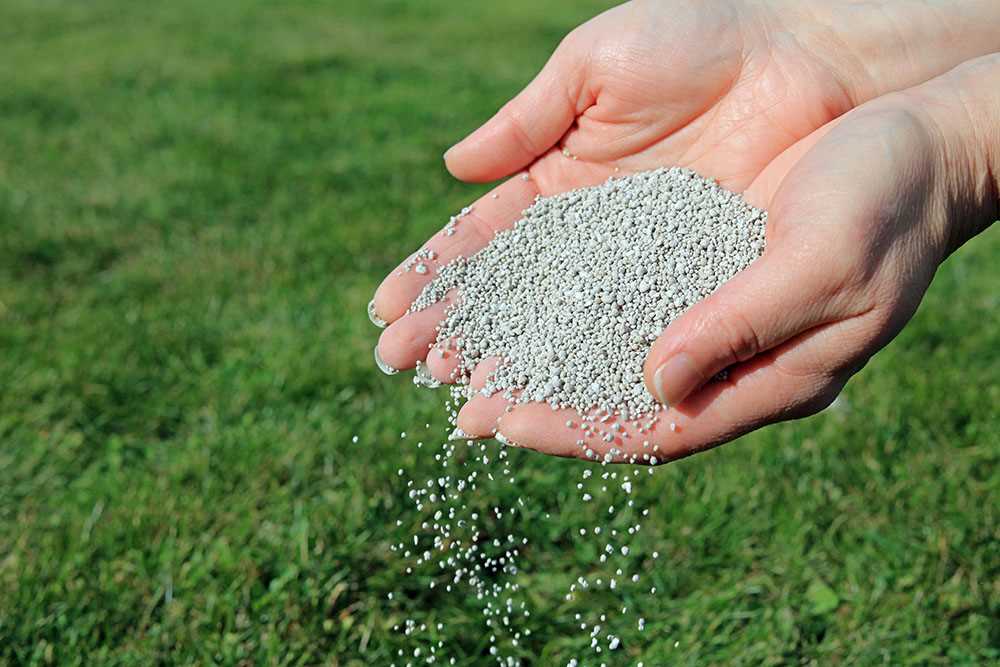
Maintaining a balanced nutrient ratio is crucial for healthy plant growth. It is necessary to ensure that the fertilisers being used provide the essential nutrients in the correct proportions. Adjusting the fertilisers accordingly can help maintain the optimum nutrient balance to support plant health and productivity.
5. Environmental Factors
Consideration should be given to the environmental factors that may affect the nutrient availability and uptake by plants. For example, in hot weather conditions, excessive evaporation can lead to nutrient loss, requiring more frequent and targeted fertiliser applications. Similarly, cold weather conditions may slow down nutrient uptake, necessitating adjustments to ensure plants receive adequate nutrition.
In conclusion, monitoring and adjusting the fertilisation process is crucial for ensuring optimal plant nutrition in both cold and hot weather conditions. By regularly testing the soil, observing nutrient deficiency symptoms, and making necessary adjustments, plants can receive the right amount and balance of nutrients to thrive.
“Question-Answer”
What is the best time of year to fertilize plants?
The best time of year to fertilize plants depends on the specific needs of the plant. However, generally, it is recommended to fertilize in the spring, before the growing season starts. This gives the plants a boost of nutrients as they begin to grow.
Can you fertilize plants in the winter?
In most cases, it is not necessary to fertilize plants in the winter. During this time, many plants are dormant and not actively growing. Fertilizing during this time can actually harm the plants, as they are not able to take up the nutrients properly. It is best to wait until the spring when the plants begin to grow again.
What nutrients do plants need during the cold season?
During the cold season, plants still require a balance of essential nutrients for their growth and survival. These include nitrogen, phosphorus, and potassium, as well as micronutrients like iron and magnesium. However, the uptake and utilization of these nutrients can be slower during colder temperatures.
How can I fertilize my plants during a heatwave?
During a heatwave, it is important to take extra care when fertilizing plants. The heat can increase the risk of burning the plants with fertilizer, so it is best to apply fertilizers in the mornings or evenings when the temperatures are cooler. Additionally, it is important to water the plants thoroughly before and after fertilizing to avoid any potential damage.
What are the signs that my plants need fertilizing?
There are several signs that your plants may need fertilizing. These include slow or stunted growth, yellowing of leaves, and poor flowering or fruiting. If you notice any of these signs, it may be a good idea to fertilize your plants to provide them with the necessary nutrients they need.







